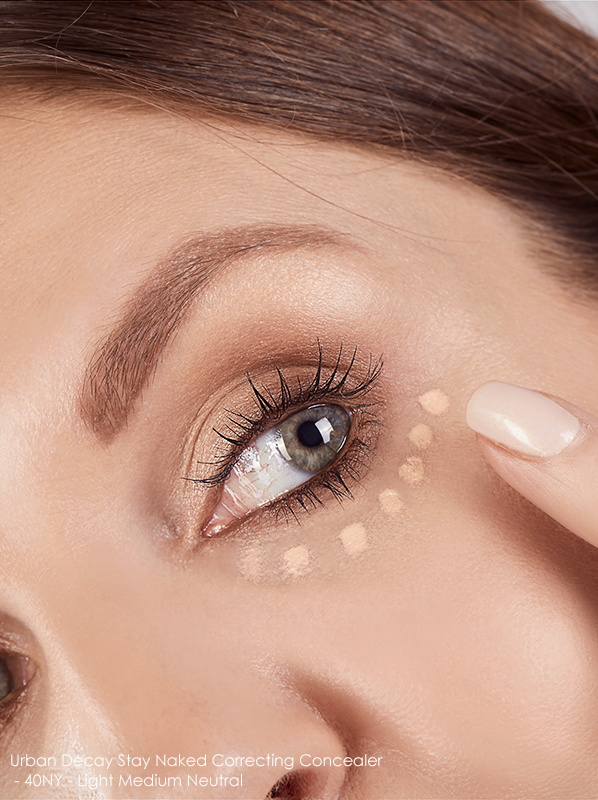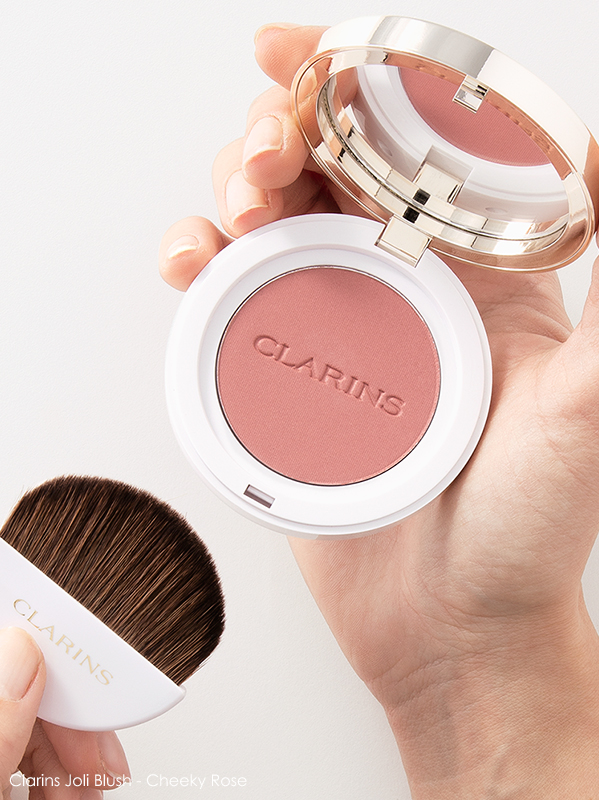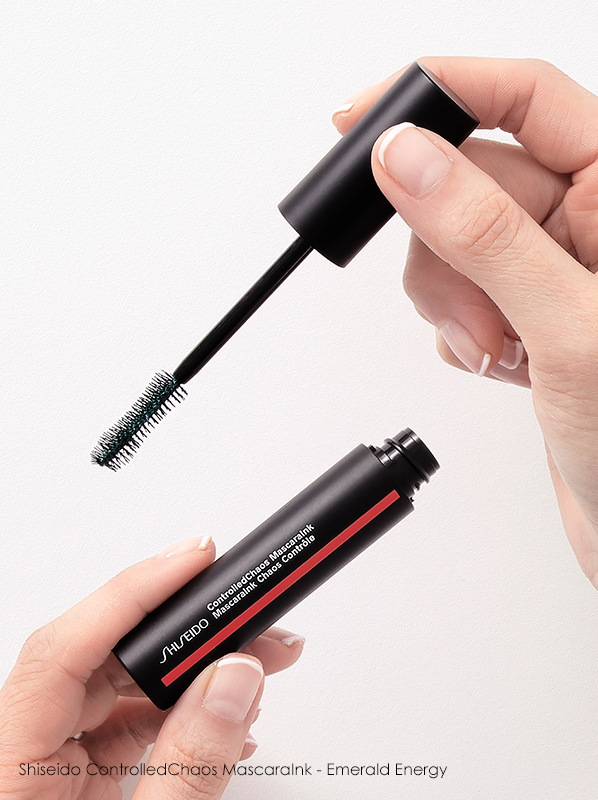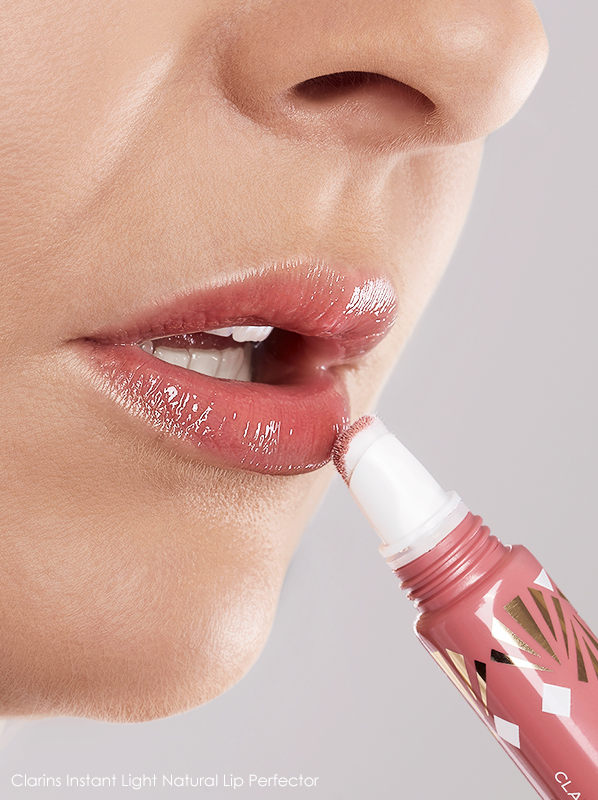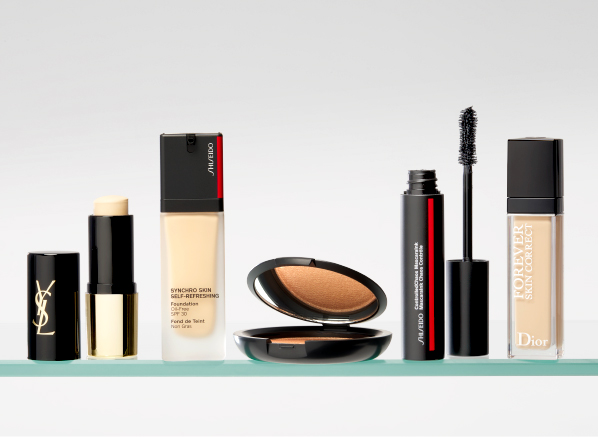

I get it, I know how much you adore that discontinued blusher, and, that lipstick that’s just the right shade of nude? I bet you’d feel lost if you threw that away. But the reality is, there comes a point where you have to let go; sticking to makeup expiration dates is just as important as cleaning your makeup brushes. Why? Cosmetics harbour bacteria, which means you need to replace them regularly to avoid breakouts, skin irritations and eye infections.
A show of hands, please. When was the last time you gave your makeup a thorough declutter? If it’s been a few months, or dare I say it, years, the first port of call is to check for an expiration date on the label. Most products will have a PAO symbol (Period After Opening) which acts as a guideline for when you should throw out a product after you’ve opened it. The symbol has a number with a letter ‘m’ next to it (which indicates the amount of months). So for instance, 6M means that once you’ve opened the product, you should not be keeping it any longer than six months.
How many people pay attention to this logo? It’s vital in order to keep a check on the expiration date of your makeup. Known as the POA symbol (Period After Opening) it acts as a guideline to when you should throw out a product after you’ve opened it. This blush has 12 months 😊 pic.twitter.com/xRNLj0Jz4q
— Elisabeth at Escentual (@EscentualLis) June 18, 2020
But what if you can’t find a PAO symbol on your products? Here’s a handy guide to help you decide what to throw and what to keep next time you’re giving your makeup bag a clearout.
Foundation
Shelf Life: Six months to one year (pump formulas can last one to two years).
Time to Replace:
• Separation.
• Change of colour
• Change in smell.
The expiration date of foundation really varies according to the formula you use. Liquid and creams tend to have a shorter life due to the fact they contain more water, oils and hydrating agents which can increase the risk of bacterial contamination. Powders and pumps, if stored properly can last up to two years. It’s worth noting that an unopened foundation can actually last for a couple of years but once you’ve opened it up, the countdown begins.
Concealer
Shelf Life:
•Liquid concealers last up to one year
•Powder and stick formats can last up to two years
Time to Replace:
• Drying out.
• Feeling cakey or lumpy.
• Change of colour.
• Change in smell.
So that they’re easy to blend into the skin, concealers tend to use oils and or hydrating agents such as shea butter to give them a smooth, silky and lightweight texture. Unfortunately, this also makes them more susceptible to spoiling quickly; you could be enhancing imperfections, rather than concealing them.
Powder
Shelf Life: Up to two years
Time to Replace:
• Change of colour.
• Change of smell.
If you want your products to last, powder formats last longer than creams. However, some powders, particularly those that claim to hydrate the skin while you wear them, contain water from botanical extracts, so there’s a risk of growing bacteria, especially if you leave it lying around in the bathroom. Always make sure that you keep the lid closed tightly and throw any powder that has a broken lid so it isn’t exposed to the air.
Blusher, Highlighter and Contour
Shelf Life:
• Cream products will last up to a year.
• Powders can last up to two years.
Time to Replace:
• Change in colour.
• If you see a waxy build-up.
• Change in smell.
• Unusual texture, for example, if the powder has hardened, or if the product won’t apply without you using a forced pressure with a brush/finger.
It’s important to differentiate between creams and powders when it comes to blush, highlight and contour. Powder formats will last longer but you still need to keep them away from air, so ensure that lids are closed and not broken at all.
Brow Pencil and Eye Pencil
Shelf Life: Up to two years.
Time to Replace: When you see a white film developing on the tip that can’t be sharpened off.
Brow pencils and eye pencils can last up to two years if you keep them in good condition. Ensure that you sharpen them frequently to remove any bacterial growth from contact with the air or your skin and keep the cap closed tightly between uses.
Liquid Eyeliner
Shelf Life: Four to six months.
Time to Replace:
• If you’ve had an eye infection.
• Change in colour.
• Change in smell.
• The product has dried out.
Eyeliner is applied to a very sensitive part of the body, and as a result, even a small amount of contamination can cause redness, itchiness or even conjunctivitis. Keep changing yours regularly to avoid this.
Gel Eyeliner
Shelf Life: Up to two months.
Time to Replace:
• If you’ve had an eye infection.
• Change in colour.
• Change in smell.
• The product has dried out.
If you want to avoid the risk of irritation and you love gel liner, the bad news is that you’re going to have to replace it every two months. When you apply gel liner, you are placing the brush in and out of the product and into direct contact with your eye. The pot can easily trap bacteria which can multiply and could cause an eye infection.
Mascara
Shelf Life: Up to three months.
Time to Replace:
• If you’ve had an eye infection.
• The formula feels clumpy
• Change in smell.
You cannot exceed the shelf-life rule when it comes to mascara. This is because as the brush is taken out and put back into the tube, it takes with it any bacteria it collected along the way. You should be switching your mascara every two to three month to be safe and look out for a distinct petrol-like smell as an indicator that it’s gone bad.
Eyeshadow
Shelf Life:
• Powder shadows can last up to two years
• Cream should be replaced every three to six months.
Time to Replace:
• Change in texture.
• Change in smell.
Eyeshadow has a few conflicting views around expiry dates; some experts believe that all eyeshadows should be replaced every three months due to the fact that they’re in constant contact with a mucous membrane (your eyes) and there’s a higher risk of transferring bacteria back to the product and then back to the eyes.
Cream eyeshadow should be replaced more frequently because it can grow bacteria more quickly due to the hydrating agents in the formula.
Lip Liner
Shelf Life: Up to two years.
Time to Replace: When you see a white film developing on the tip that can’t be sharpened off.
Similarly to brow pencils and eye pencils lip liner and pencils can last up to two years if you keep the cap closed firmly and sharpen them regularly.
Lipstick
Shelf Life: Up to two years if you look after them well.
Time to Replace:
• A smell like stale cooking oil.
• Changes in texture such as the lipstick dragging more.
• Change in colour.
Despite containing water, moisturisers and hydrating agents, your favourite lippie can last up to two years if you look after it properly. Store lipsticks in a cool, dry place (not the glove box of your car!) and never leave them sat without a lid of them. Use a lip brush to apply where possible to prevent unnecessary contact with your skin or lips and give them a quick clean with a makeup wipe occasionally to remove the top layer of bacteria growth.
Lip Gloss
Shelf Life: Up to a year
Time to Replace:
• Change in texture or thickness, separation, discolouration.
• Change of smell.
Glosses can often contain oily ingredients that can start to smell when they become contaminated. Your lip gloss is also likely to feel streaky and globby when you try to apply it if it’s expired.
Tips to Prolong The Life Of Your Makeup
• If you’re looking for your makeup to last longer, choose powder products over liquids and creams because they tend to have a longer shelf life. Minimise the risk of bacterial contamination for powder products by cleaning your makeup tools regularly. We show you how here.
• Stop pumping your mascara. It will force air into the tube which can dry the formula as well as putting it at higher risk of bacterial contamination. Instead, move the wand in a circular motion whilst in the tube.
• Keep makeup out of moist environments (such as your bathroom) and away from heat – high temperatures can encourage bacterial growth and speed up the spoiling.
• As a rule of thumb, an off smell or a change in colour is an indication that the product needs to be thrown away.
Discover More:
• One Makeup Capsule Wardrobe To Suit Every Season
• How to Look Good Without Wearing Lots of Makeup


